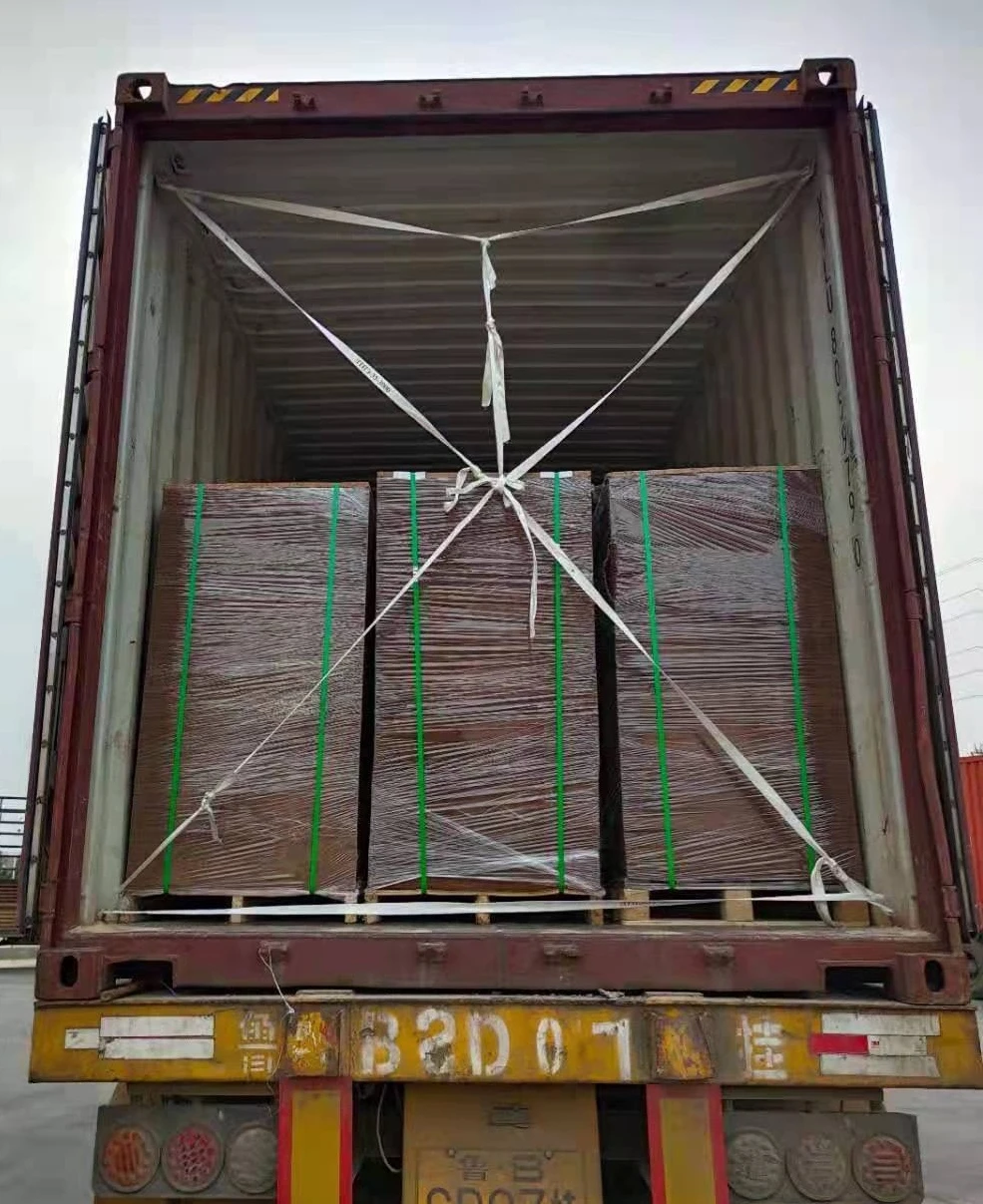Physical Waste Water Treatment An Overview
Wastewater treatment is a critical component of environmental protection, public health, and sustainable water management. Among the various methods employed, physical wastewater treatment stands out as a fundamental process, dealing primarily with the initial stages of wastewater treatment through physical processes without altering the chemical composition of the water.
Introduction to Physical Wastewater Treatment
Physical wastewater treatment aims to remove solid contaminants from wastewater through various physical processes, mainly screening, sedimentation, and flotation. This category of treatment is often the first step in a comprehensive wastewater management system, functioning as a preparatory phase for more advanced biological and chemical treatments.
Key Processes in Physical Wastewater Treatment
1. Screening This is the first stage of the physical treatment process. Screening involves the removal of large solids like plastics, leaves, and other debris that could hinder subsequent treatment processes. Various types of screens, such as bar racks and fine mesh screens, are utilized depending on the size of the particles to be removed. This process is crucial as it protects pumps and other equipment from damage due to larger objects.
2. Sedimentation Following screening, the wastewater undergoes sedimentation, which is the process of settling out suspended solids. In sedimentation tanks, also known as clarifiers, the flow rate is reduced to allow solids, often referred to as sludge, to sink to the bottom due to gravity. This process typically removes a significant portion of the suspended solids and can contribute to the reduction of biochemical oxygen demand (BOD) in the water. The settled sludge is often collected and subjected to further treatment.
3. Flotation Flotation is another important physical treatment process, particularly effective for removing oil and grease from wastewater. In this method, chemicals known as flocculants are often added to the wastewater, helping to aggregate fine particles. Air is then introduced into the sedimentation tank, causing the flocs to rise to the surface. This creates a scum layer, which can be removed easily, thus purifying the water significantly.
physical waste water treatment

Importance of Physical Treatment
Physical wastewater treatment serves several critical functions in the overall treatment process. Firstly, it helps to significantly reduce the solid burden on subsequent biological treatment stages, enhancing the overall efficiency of the system. Moreover, it plays a vital role in preventing damage to mechanical equipment and ensures a smoother operation across the treatment facility.
In addition, physical treatment processes can improve the quality of effluent, protecting aquatic ecosystems from low-quality water discharged into natural bodies. By removing large solids and reducing turbidity, physical treatment enhances the conditions for biological treatments that follow, allowing for more effective microbial action.
Challenges and Limitations
Despite its effectiveness, physical wastewater treatment is not without challenges. The processes can be influenced by a range of factors, including the composition of the incoming wastewater, the design of the treatment facility, and operational practices. For instance, the efficiency of sedimentation can be impacted by the nature of the solids present, while flotation may require precise chemical dosing to achieve optimal performance.
Furthermore, physical treatment does not address dissolved contaminants, pathogens, or toxic substances; therefore, it should always be integrated with biological and chemical treatments to achieve comprehensive wastewater treatment goals.
Conclusion
In conclusion, physical wastewater treatment is an essential initial step in the broader framework of wastewater management. By efficiently removing solids and reducing pollutant loads, physical methods facilitate more effective biological and chemical treatments, ultimately safeguarding public health and environmental quality. As urbanization and industrial activities continue to grow, enhancing the efficiency and effectiveness of physical wastewater treatment processes will remain a vital area of focus for engineers and environmental scientists alike. Addressing its challenges will pave the way for innovative solutions in water treatment, ensuring a sustainable future for global water resources.

